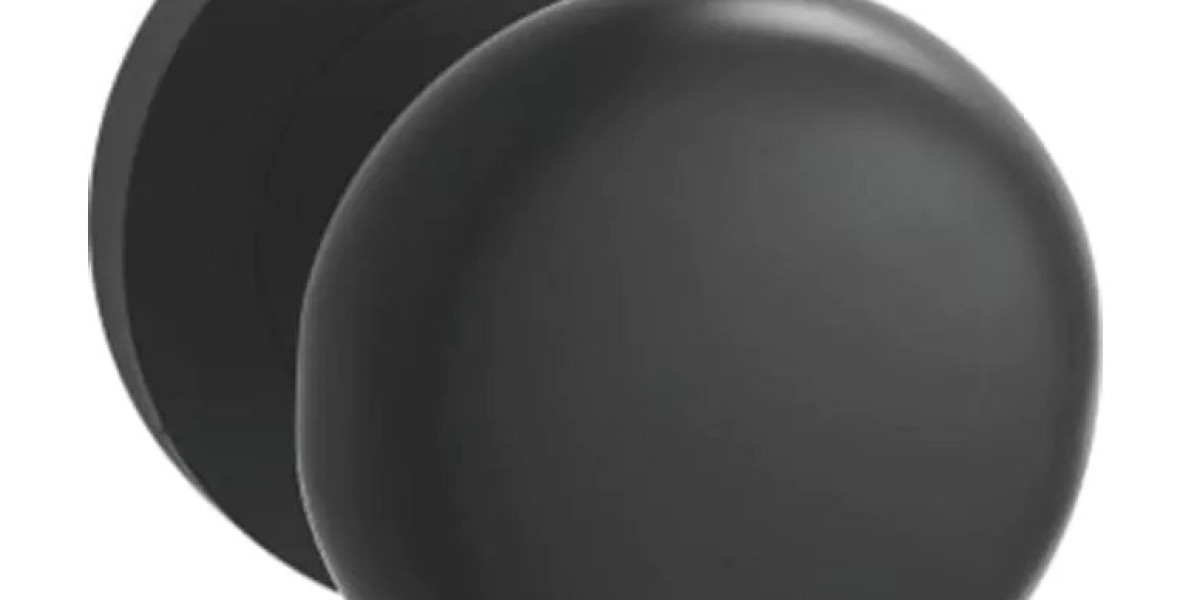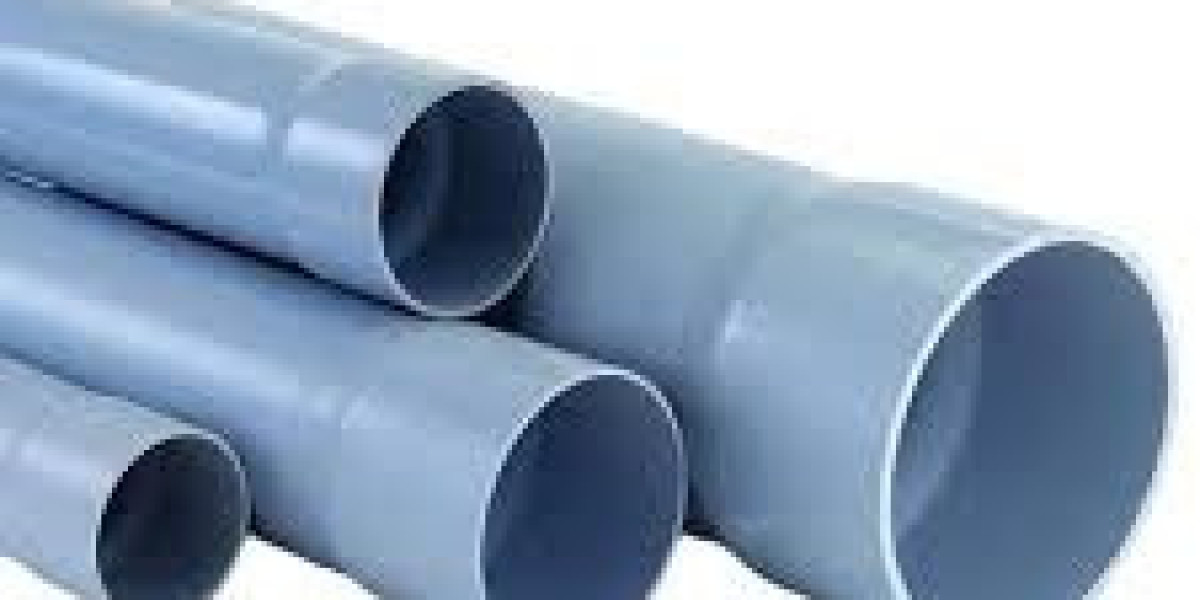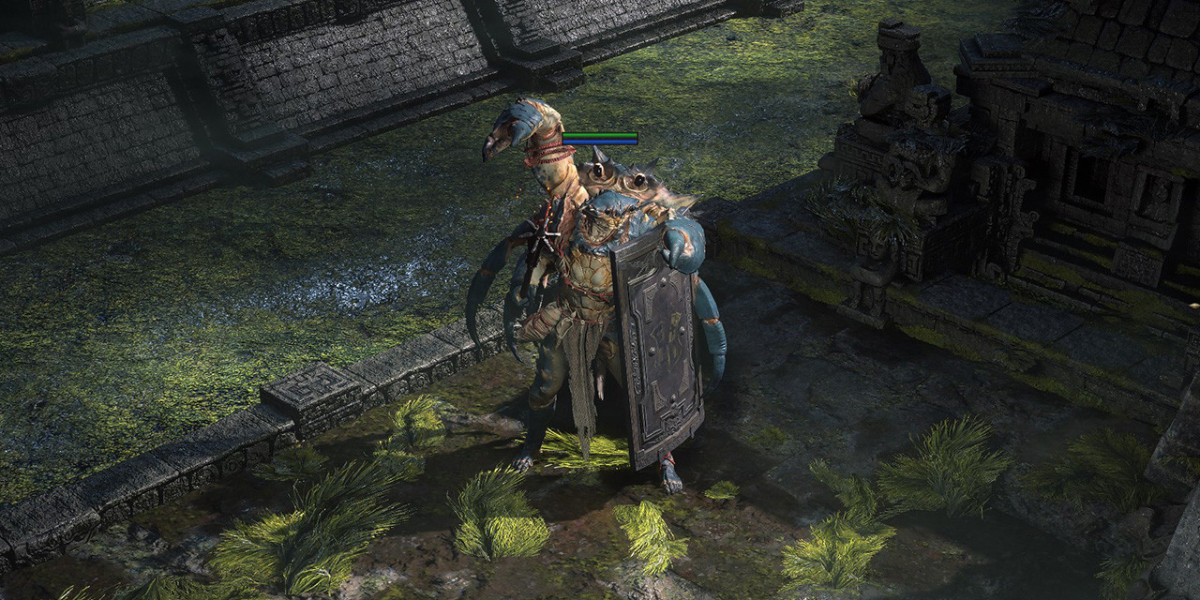Invisible door locks have gained popularity for their sleek design and enhanced security features, offering a discreet alternative to traditional locking systems. A common question among potential users is whether installing invisible door locks requires damaging or significantly modifying the original door structure. This concern is important for those who wish to maintain the door’s appearance and structural integrity while upgrading security.
In general, one of the main advantages of invisible door locks is that they can often be installed with minimal impact on the existing door frame and door leaf. Unlike some traditional locks that require large cutouts or visible hardware, many invisible locks are designed to fit within the door’s existing cavities or to be mounted in ways that preserve the door’s original look.
Many invisible door locks use compact mechanisms that can be integrated into narrow spaces within the door edge or frame. This means that installation typically involves only small, precise modifications, such as drilling small holes or recesses for mounting screws and wiring. These alterations are usually less invasive than those needed for standard mortise locks or deadbolts, which often require cutting larger mortises.
Furthermore, some invisible door locks utilize surface-mounted components that do not require any cutting or drilling into the door itself. Instead, they attach securely to the door’s surface or frame with adhesive or screws placed in unobtrusive locations. This installation method is especially attractive for rental properties or historic doors where preserving the original condition is a priority.
That said, the specific installation requirements can vary depending on the brand and model of the invisible door lock, as well as the type and material of the door. Solid wood doors might allow for easier modification compared to hollow-core or metal doors, which may pose more challenges. It is important to review the installation guidelines provided by manufacturers and, if necessary, consult with professional locksmiths or installers.
In some cases, achieving optimal security may require minor reinforcement of the door frame or adjustments to ensure the lock fits perfectly. These reinforcements typically involve adding metal strike plates or brackets rather than cutting away significant portions of the door structure.
Overall, invisible door locks aim to provide enhanced security without compromising the aesthetics or structural integrity of doors. For homeowners and businesses wanting discreet security upgrades, these locks offer a practical solution with minimal need for door modification.
In conclusion, invisible door locks generally do not require destructive alterations to the existing door structure. Installation often involves minimal and precise modifications, or in some cases, no structural changes at all. Prospective users should consider the lock model, door type, and professional installation advice to ensure the best balance between security and preservation of the door’s original condition.



